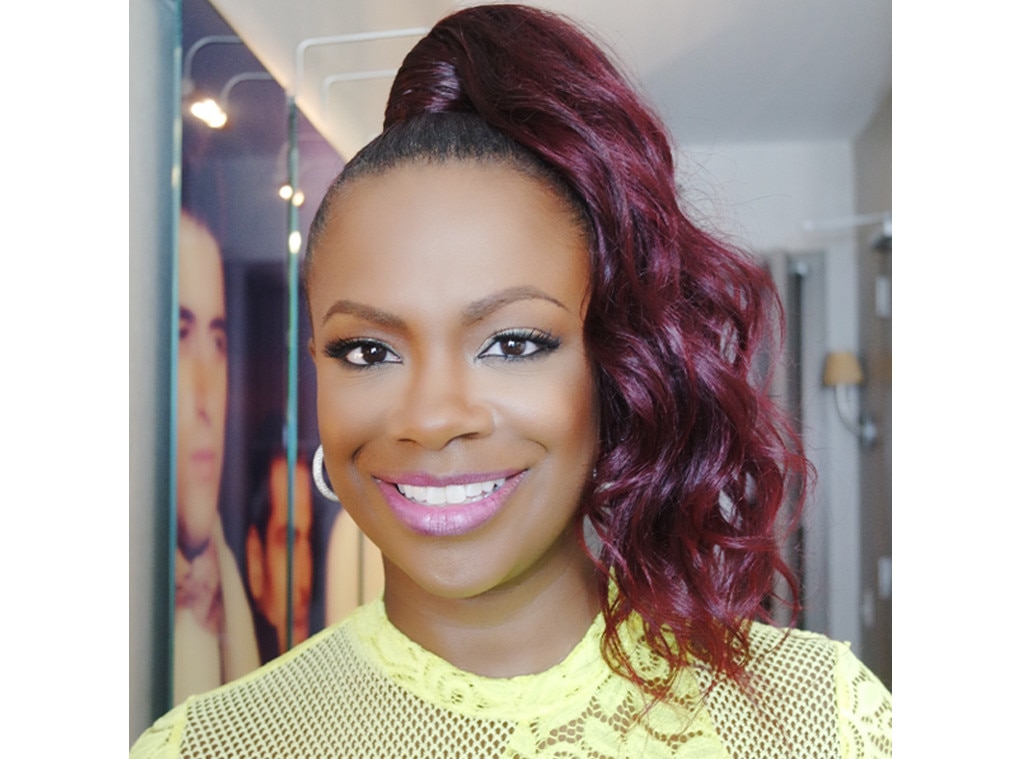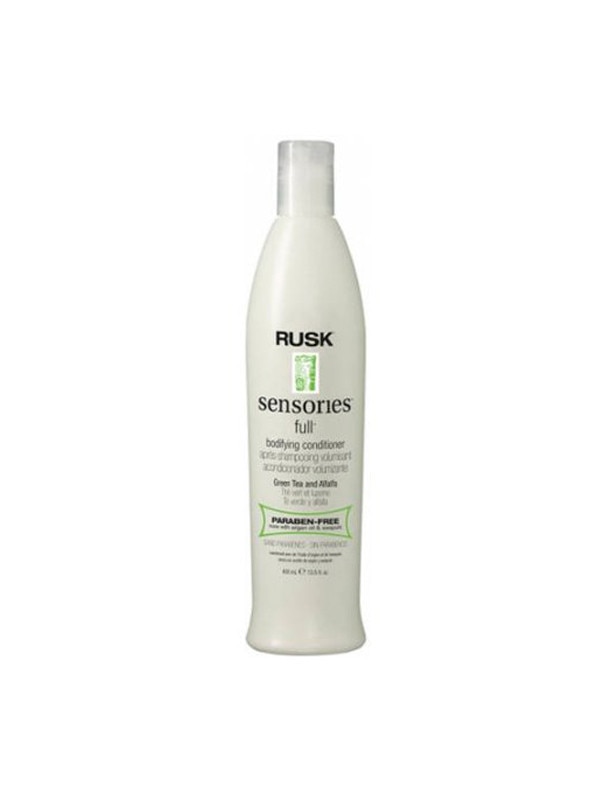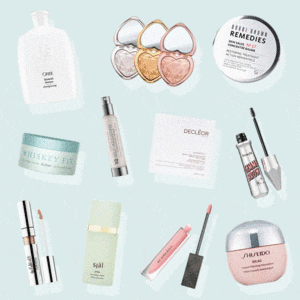
Have you ever wondered how celebrities keep their hair so healthy, while simultaneously overworking their hair? The answer to this question isn't quite a secret anymore.
However, today's products and practices surrounding hair extensions are so advanced that it leaves us all asking, "Is that her real hair?"
Only an insider could tell you. So we asked celebrity hairstylist Gabrielle Corney, whose clients include RHOA's Kandi Burruss and Sheree Whitfield, Evelyn Lozada, Brandy and June Ambrose, to weigh in on the mystique of celebrity hair extensions. "Weaves and extensions are the ultimate hair accessory and shouldn't be considered a necessity," she told us. "When properly cared for and maintained, they can promote hair growth and health."
Want to know more? Keep reading!
Ponytail Extensions
Step 1: Style natural hair into a ponytail.Step 2: Wrap the hair extensions around the ponytail, securing the track with bobby pins.
Step 3: Section off a small portion of hair to wrap around the base of the ponytail, to conceal the hair tracks.
Benefits: It's an instant way to add volume and length to hair.
Challenges: This is the most temporary style.
Recommended Product: Paul Mitchell Tea Tree Shaping Cream to lay down edges and natural hair.
Clip-in Weaves
Step 1: Section the hair horizontally, layering the clip-in tracks with your natural hair. That's it!Benefits: No commitment. "They can be added into the natural hair to achieve volume, length, a defined wave and or curl pattern that's slightly different from your own," Gabrielle revealed.
Challenges: Clip-ins still require styling, and aren't protective to the hair.
Recommended Product: Rusk Sensories Full Bodifying Conditioner to prevent oil build up.
Sewn-in Weaves
Step 1: The hairstylist braids the client's hair into cornrows that horizontally cover the scalp, leaving a portion of the front out for a realistic look and feel.Step 2: The stylist then sews in the hair tracks on each row/cornrow.
Step 3: The front portion that was originally left out is flat ironed for a seamless touch.
Benefits: Since the majority of the client's natural hair is in braids, sewn-in weaves are protective. The client then has the freedom and versatility to style as much as they'd like.
Challenges: Although the client may desire putting a lot of heat to their weave, they will also have to flat iron their edges. The perimeter of the hair is then vulnerable to heat damage.
This is a highly technical practice, where application and removal should done by a professional. The hair extensions must be cut out, and an inexperienced stylist may end up cutting the client's hair in the process.
Recommended Product: Carol's Daughter Monoi Repairing Collection to reduce shedding of the natural hair.
Lace Front Weaves
Step 1: Braid hair into cornrowsStep 2: Sew the lace front weave, which looks similar to a wig, to the hair or paste the perimeters of the weave to directly to the hairline
Benefits: "Lace front and closure weaves are beneficial because they are protective styles that give the client the ability to have their natural hair tucked away without styling restrictions. In other words you can heat style daily without damaging your natural hair."
Challenges: Since all of the hair is tucked away, this style doesn't always appear natural and realistic. This, of course, depends on the skill level of the stylist and the quality hair extensions.





No comments:
Post a Comment